Description
Phosinaite-(Ce) has a hardness of 3½ and a specific gravity of 2.62 – 3.00, while Ussingite has a hardness of 6 – 7 and a specific gravity of 2.48. The Phosinaite was named after its elemental composition, and Ussingite was named (in 1915?) after Niels Viggo Ussing, a Professor of Mineralogy at the University of Copenhagen in Denmark.
According to WebMineral, a Phosinaite-(Ce) specimen they’d analyzed returned a concentration of around 10% PHOsphorus, 9% SIlicon, and 25% Sodium (Na), which gives it its name, along with the 12% Cerium, and Calcium and Oxygen to top it off at 7% and 37%, respectively. While Mindat doesn’t seem to include any analysis for Phosinaite-(Ce), and shows the IMA approved formula for it as Na₁₃Ca₂Ce(SiO₃)₄(PO₄)₄, they also show the formula in their system as including Praseodymium. Additionally, they’ll show Kozoite-(Nd) and Phosinaite-(Ce) as they only two minerals with Praseodymium that are named and approved by the IMA. While memory is faulty and websites are known to change over time, especially Wikipedia, it was believed that at some point Wikipedia had stated that Phosinaite-(Ce) was the only mineral from which you could obtain Praseodymium, but it doesn’t any longer for whatever reason, if it even ever did to begin with… but it does mention that “although not particularly rare, praseodymium is never found as a dominant rare earth in praseodymium-bearing minerals. It is always preceded by cerium and lanthanum and usually also by neodymium” and goes on to mention Bastnäsite and Monazite as the commercial ores for the element. However, without an analysis on the specific specimen, it’s believed that this will still make for one of your best bets if you’re looking for a natural representation of the Rare Earth Praseodymium!
Meanwhile, Ussingite shows a composition of 48% Oxygen, 28% Silicon, 15% Sodium, 9% Aluminum, and a trace of Hydrogen, so, nothing really remarkable in that regard…
The geologic settings of the TLs are pegmatites, along with “Ussingite veinlets cutting alkalic rock” for the Phosinaite-(Ce) TL, and Sodalite-bearing xenoliths presenting with the Ussingite TL. Ussingite has so far only been found in 35 different localities worldwide, spread between Canada, Greenland, and Russia, while Phosinaite-(Ce) has been found at only at 7, only a couple of which are in Russia and not the same as those localities where Ussingite is also found.
Praseodymium isn’t an exceptionally expensive Rare Earth, as, you can obtain a kilogram for $500 from Luciteria, and it doesn’t seem to be incredibly useful and in high demand, but if you’re out on a hike and see something like this, you’ll now possibly be able to identify Phosinaite-(Ce) and Ussingite and make a new discovery and add a new locality to the list where they can be found!

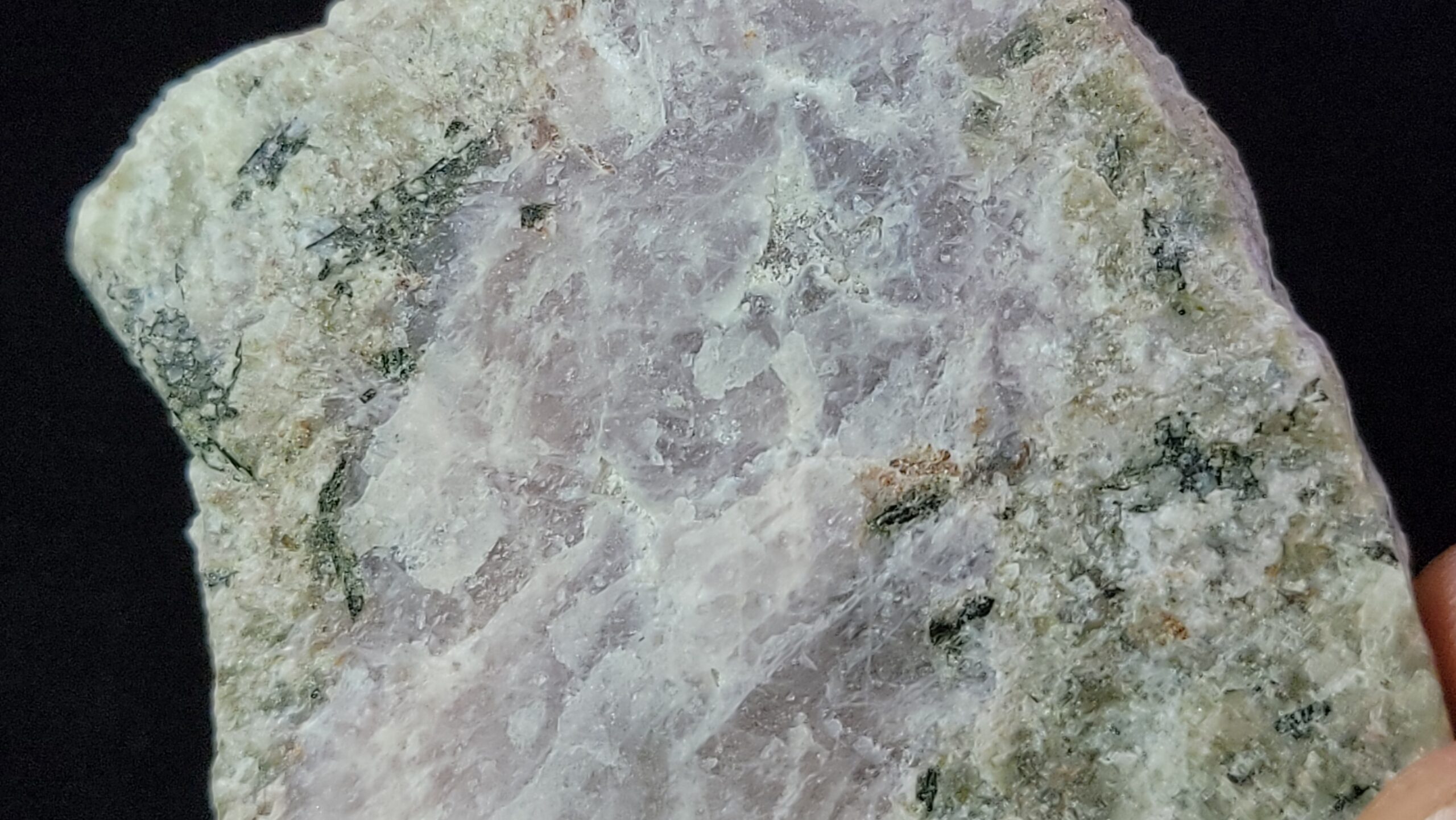
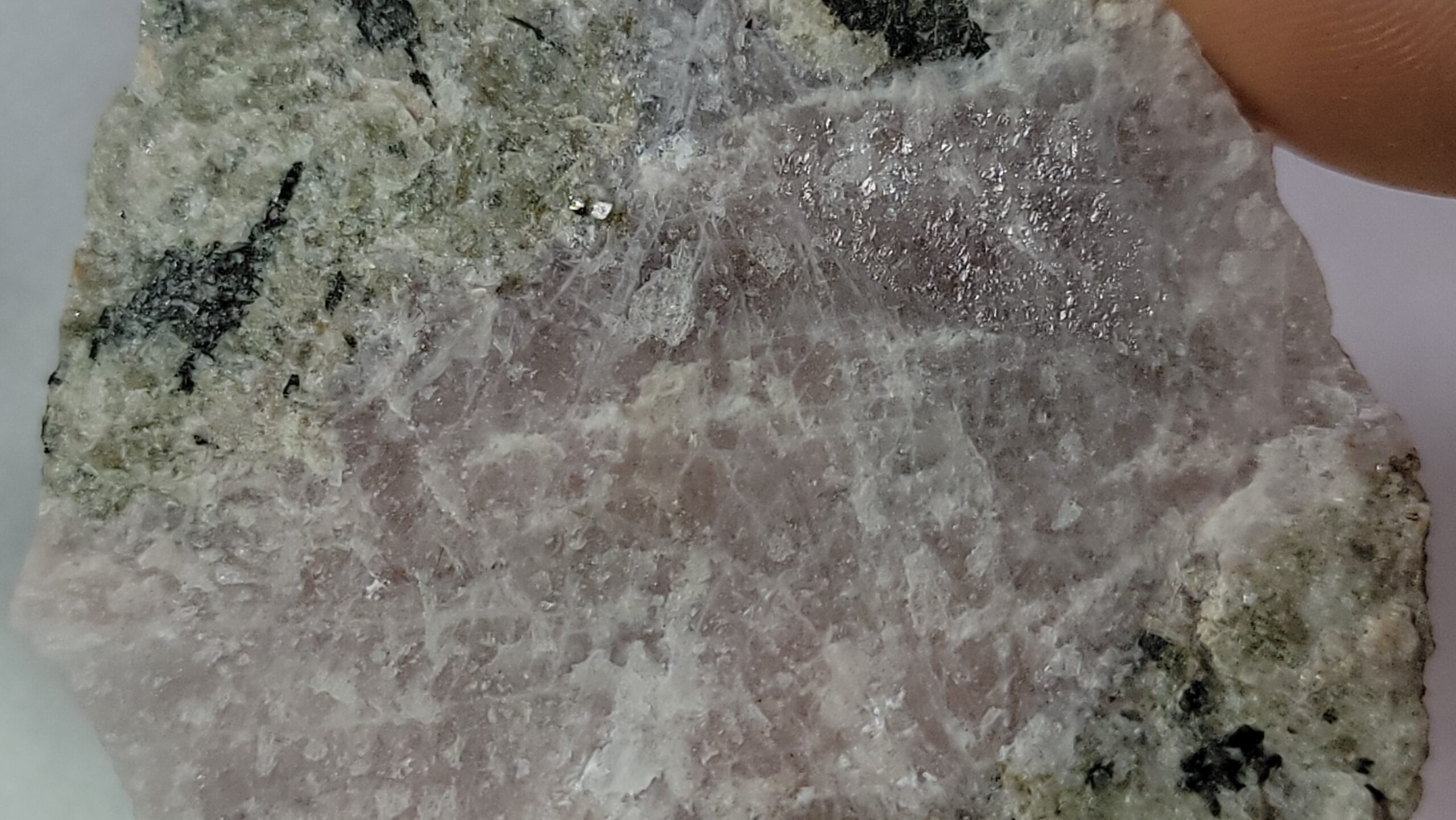
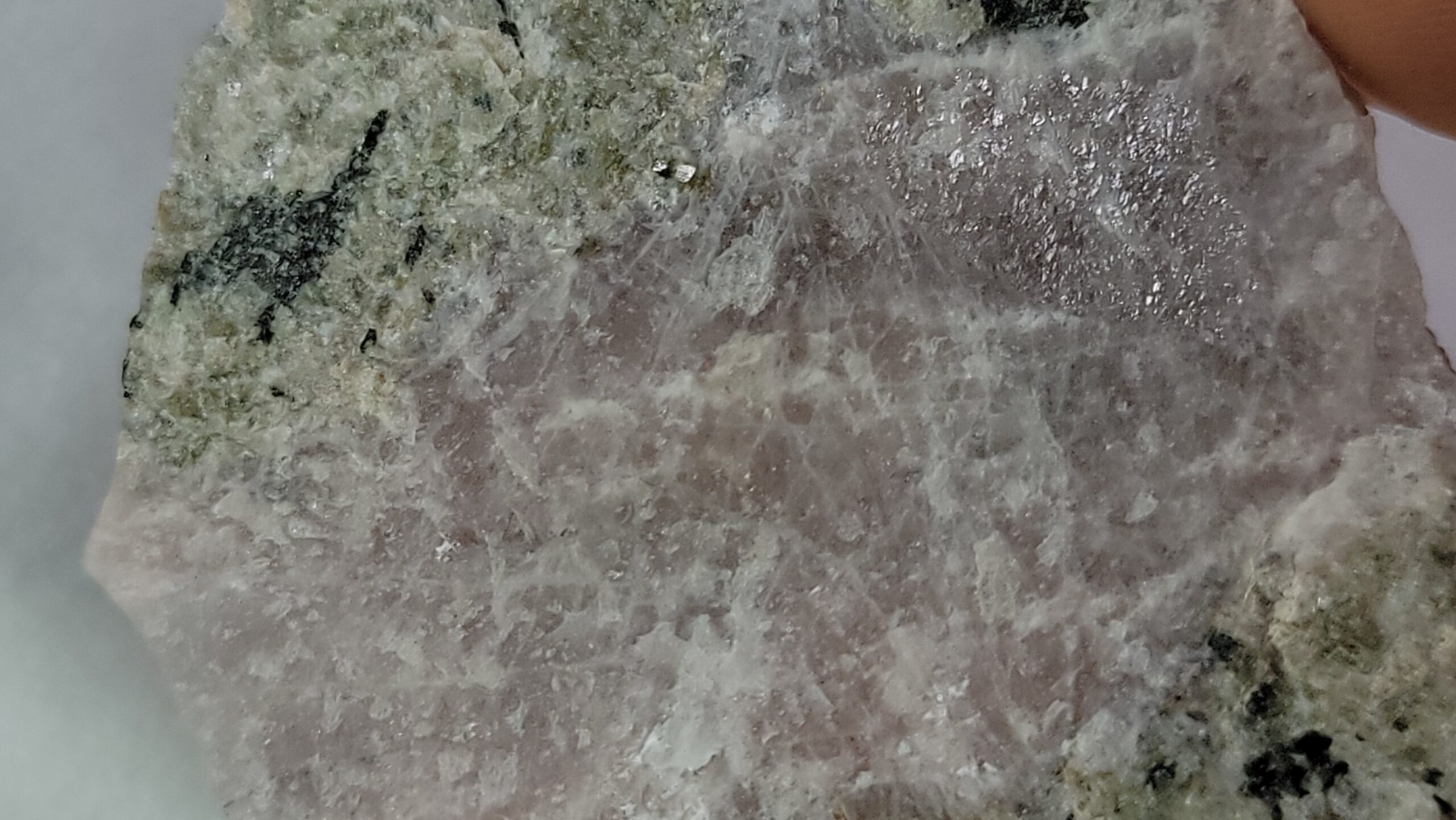
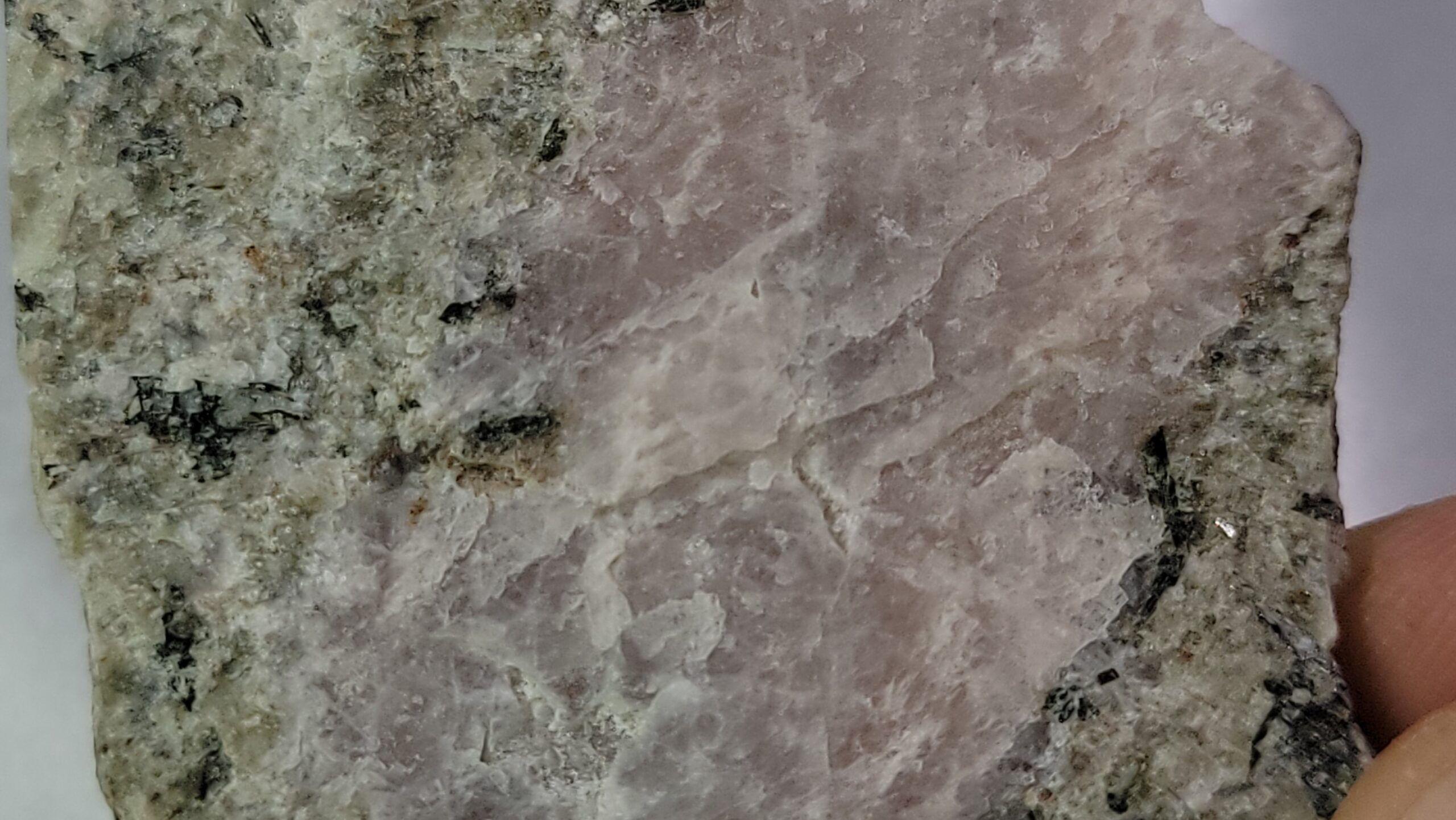
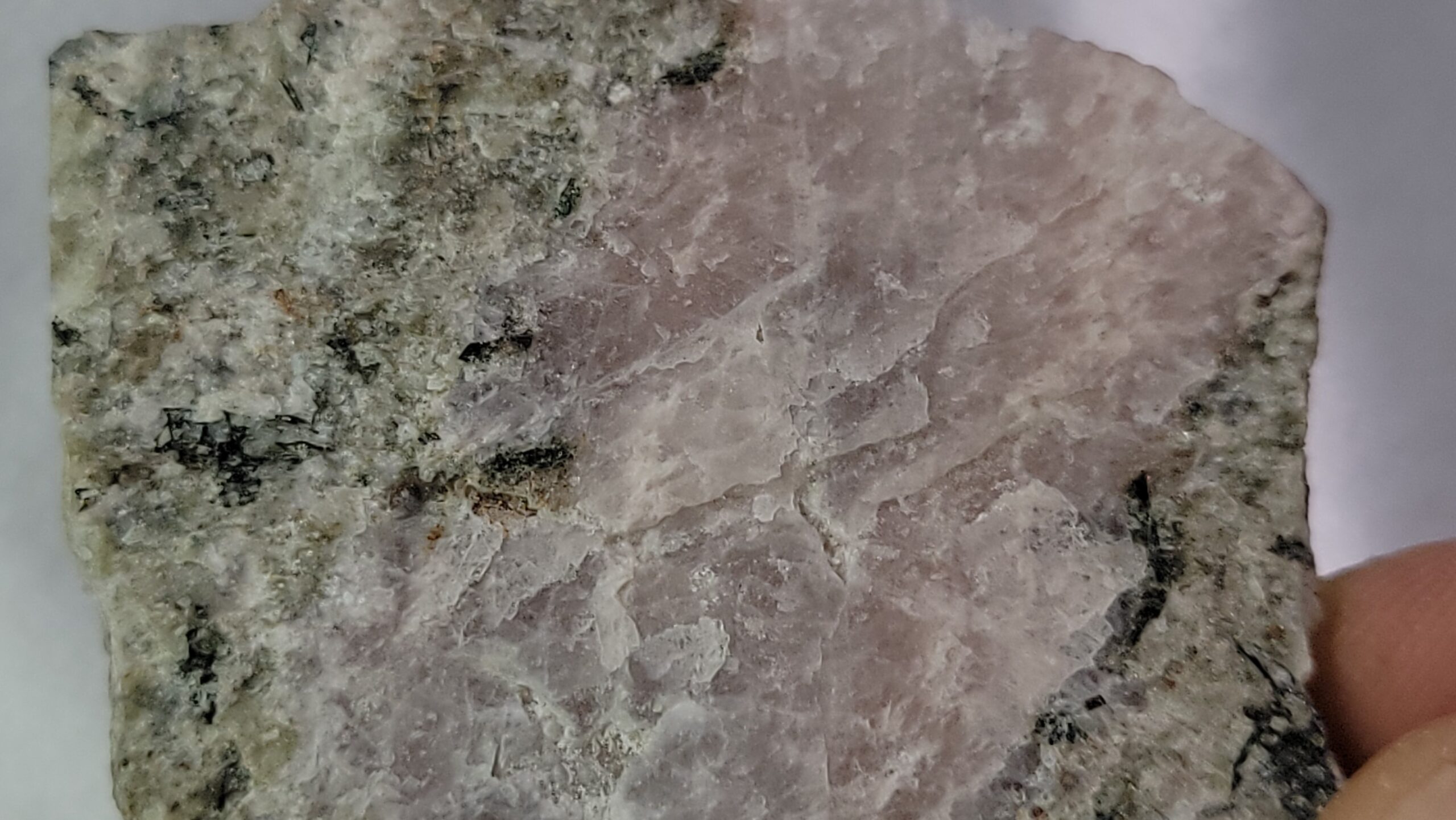
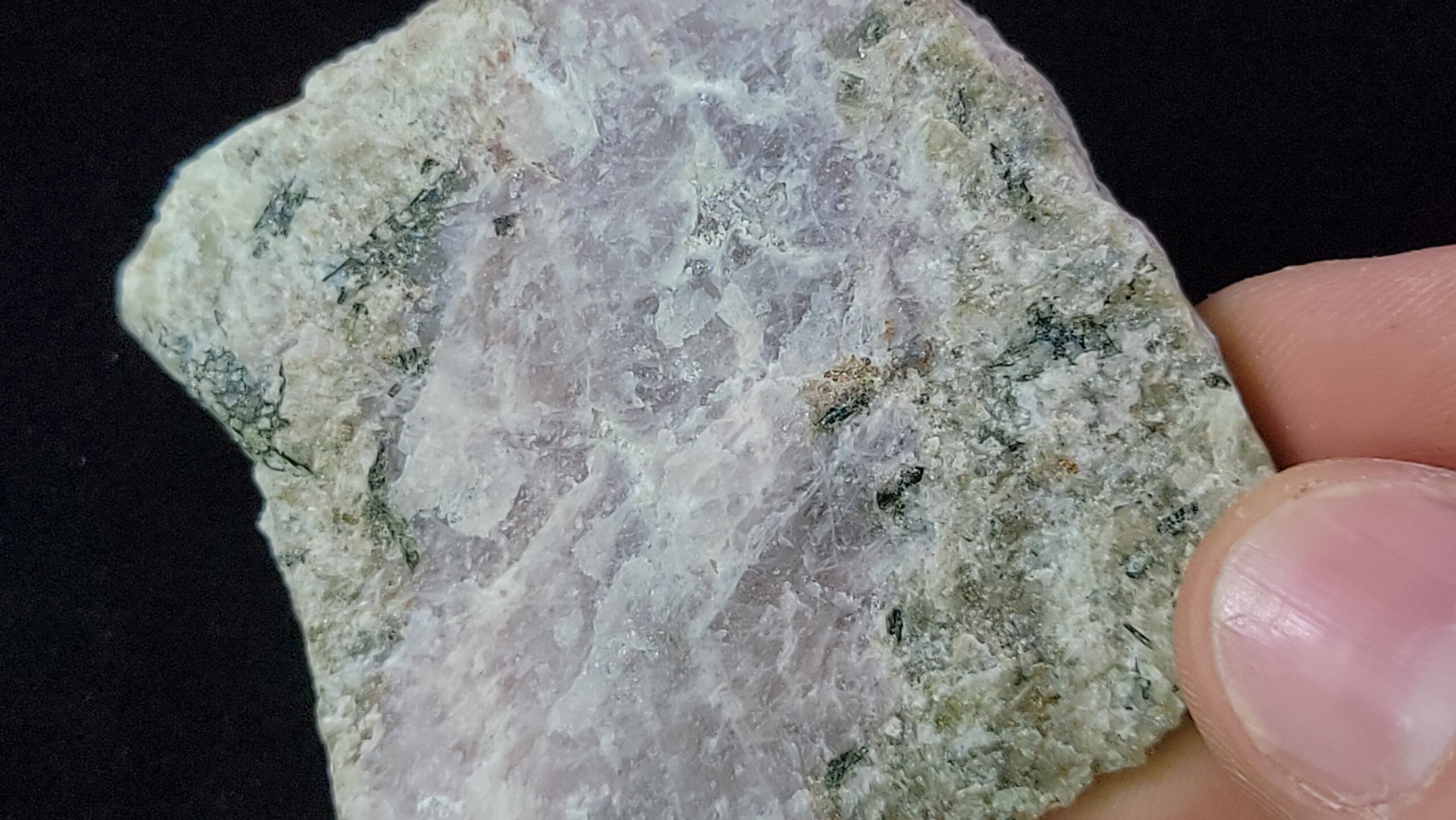
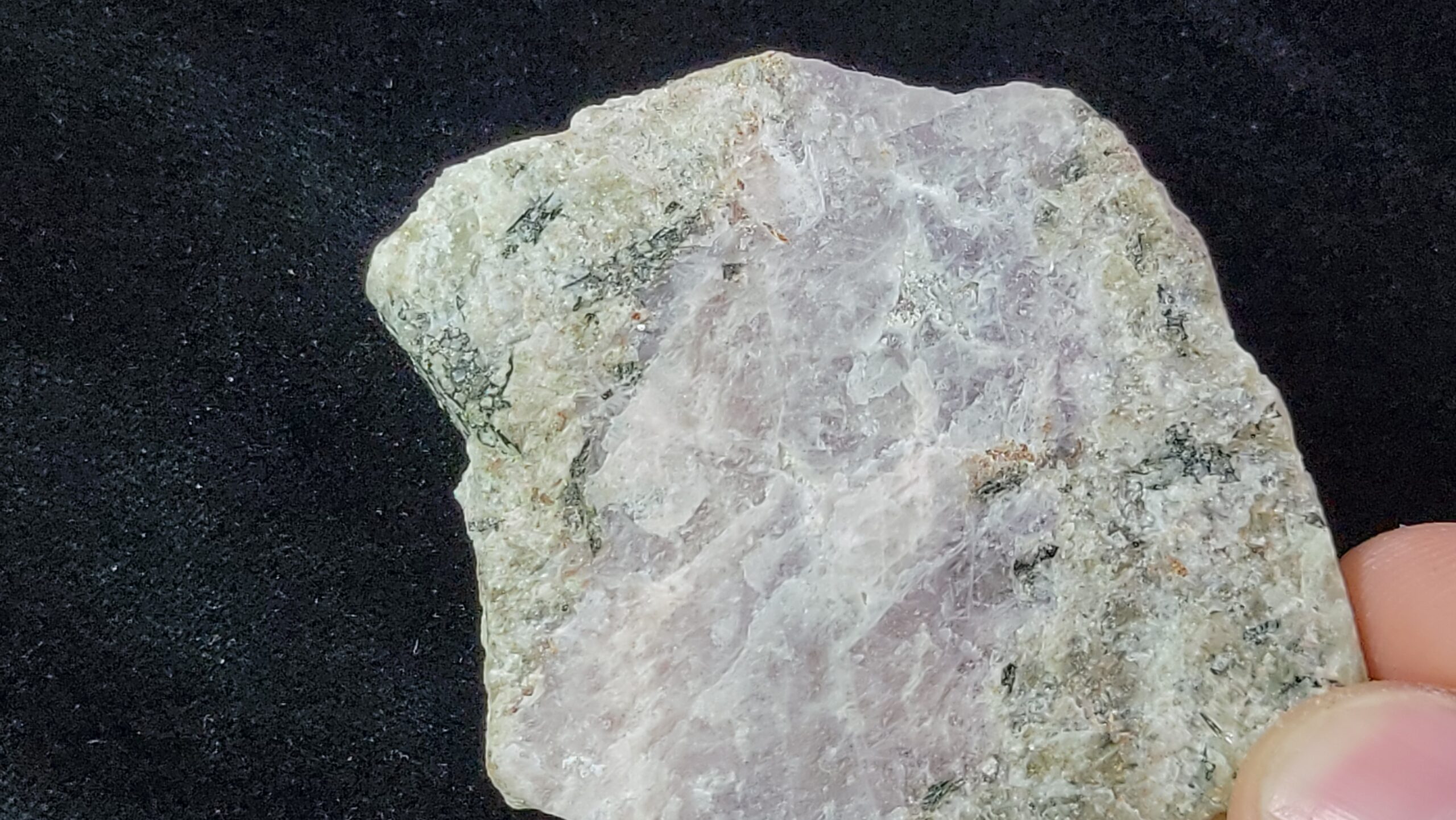
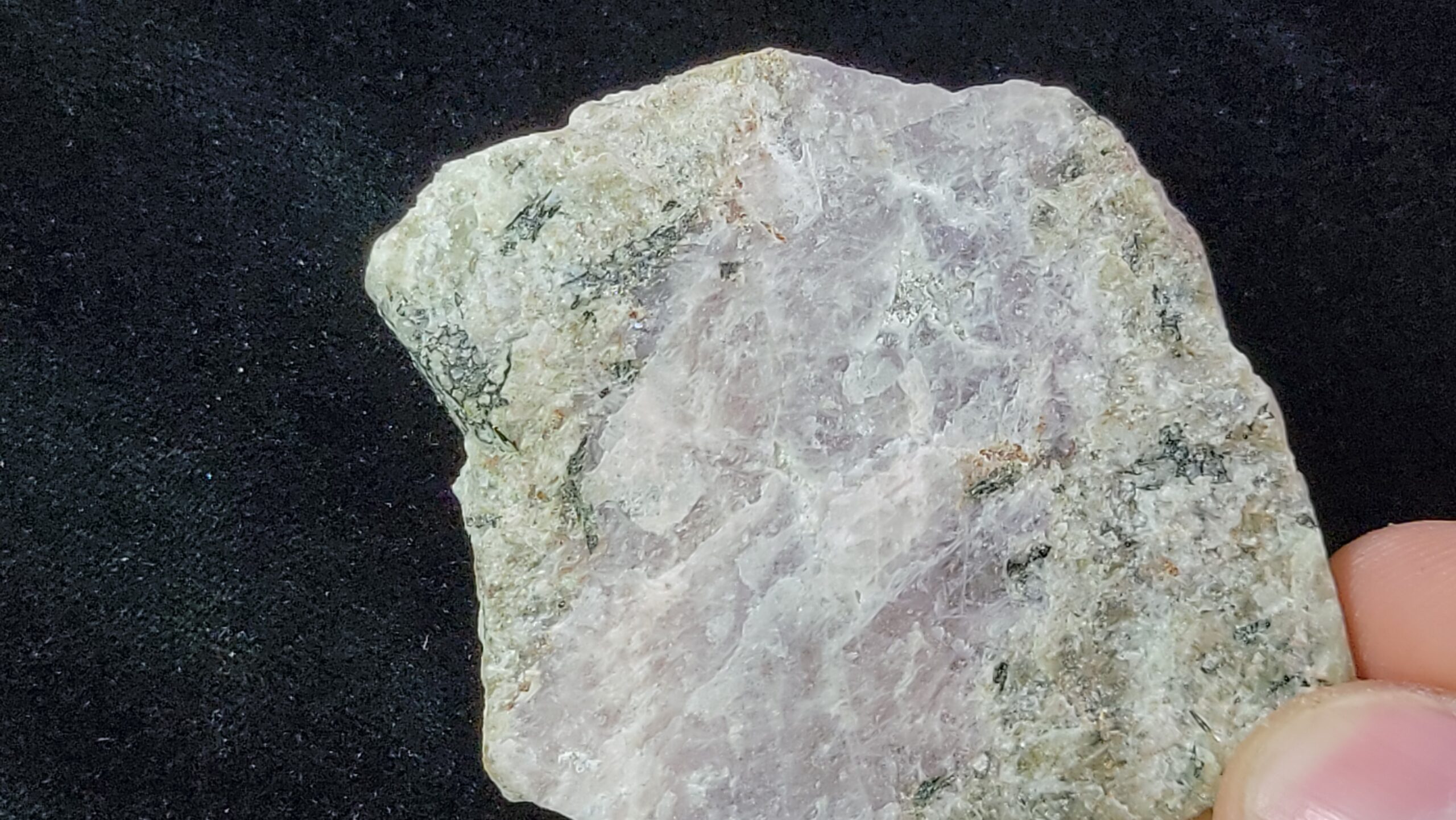




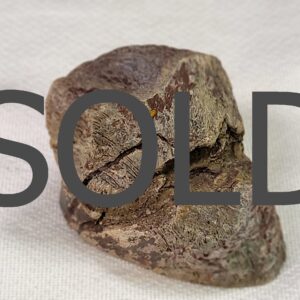

Reviews
There are no reviews yet.